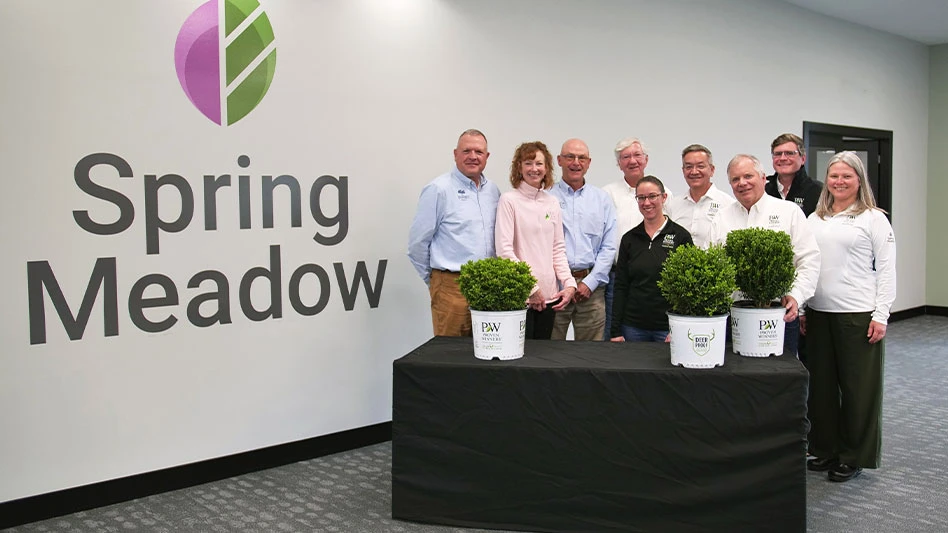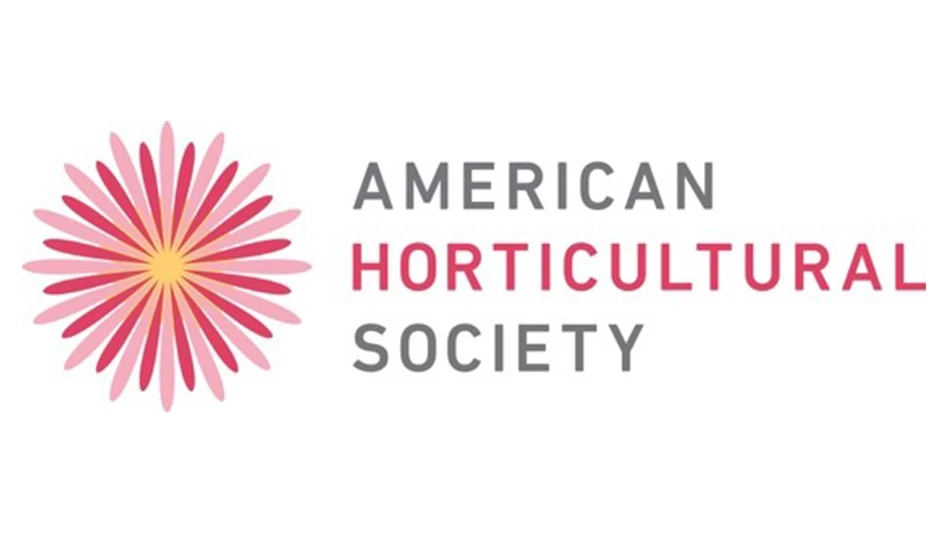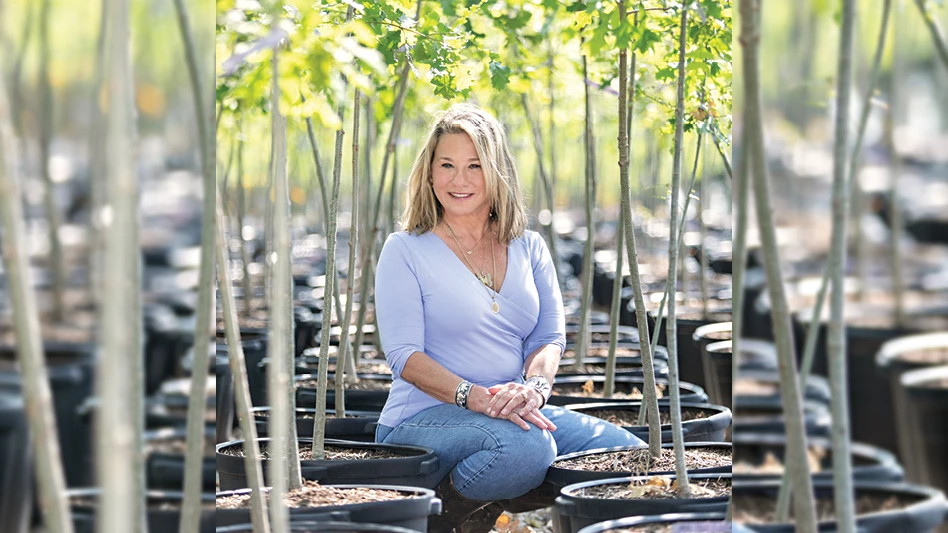 Joe Janscurak, editor of sister publication Greenhouse Management, talked to Todd Downing, director of Key Corporate Services, an executive search firm in Fishers, Ind., about the immediate need to attract Gen X and Y to the green industry.
Joe Janscurak, editor of sister publication Greenhouse Management, talked to Todd Downing, director of Key Corporate Services, an executive search firm in Fishers, Ind., about the immediate need to attract Gen X and Y to the green industry.
Q: How exactly have you been involved with the horticulture industry and for how many years have you been involved?
A: Like so many professionals in the horticultural industry, my first exposure came at a young age, while working at The Andersons [a diversified agribusiness] in Maumee, Ohio, which led to a lifelong love for horticulture. I had the great fortune to gain experience on the retail side (even cob division) in high school, and then I took a marketing role supporting the team that rolled out Greensweep, the first liquid hose end fertilizer, to the consumer market. Shortly after Monsanto acquired this brand, I joined Total Marketing Associates, a national manufacturer’s rep group that specializes in lawn and garden and horticulture. Due to the size and scope of Total Marketing, I experienced 18 years in the sales and marketing of just about every horticultural product to nearly every market channel. This included partnering with companies manufacturing fertilizers, soil amendments, chemicals, gardening tools/accessories, garden décor, organics and growers ranging from bedding plants to Christmas trees. I was fortunate to gain insight into a wide range of leadership traits, human capital org charts and management behaviors. This meant being a direct part of a host of strategic implementations and experiencing how human capital would positively or negatively affect the outcomes of these strategies.
Q: What changes in the industry have you noted over the years when it comes to mid- and upper-level positions among growers, horticulturists, breeders and suppliers?
A: The changes in mid- and upper-level positions have, in part, stemmed from increased technology capabilities, increased scientific knowledge, and margin erosion with the pace of this change and change drivers escalating every year. It has created more of a demand on upper-level leaders to get out in front of their businesses, be more globally aware of business opportunities and collaborative relationships, and serve as visionaries as to how to best position the business and be financially astute. Thus, the stronger leaders are increasingly delegating more responsibility to the mid-level professionals in their organizations. Depending on their role, mid-level professionals have increased their expertise in Six Sigma application; solution-based selling, logistics and warehousing ERP systems; consumer insights; and R&D, among many other skills. Even the necessity for a professional to have an advanced level of Excel modeling has become more and more important to the success of some roles. Amidst all of this, technology continues to escalate so that everyone is working in real time via Skype, the Internet and smart phones.
Q: Is the graying of the horticulture industry progressing faster or slower than other industries? On what do you base that? And why should this be a concern?
A: The graying of the horticultural industry (and agriculture) is not necessarily progressing at a faster rate than other sectors, but it is more advanced. Just take a walk around an industry trade show and you will gain a subjective view of this fact. USDA figures for agriculture, which are inclusive of horticulture, indicate that the average age is 57.1. Depending on what source is reported, 40 percent to 60 percent are 55 years and older. Compared to the median age of the entire labor force of 41.7, yes, we are aging faster. The graying of all industries is indeed occurring at a similar rate, but horticulture is simply further along this curve. The concern comes from how we are attracting younger professionals to make up the eventual retirement gaps, as we do not have as much time to address this issue as other industries do.
Q: As Baby Boomers retire, is it likely that Gen X and Gen Y will provide enough talent to fill the ranks? On what do you base that? And why should we be concerned?
A: Every 10 seconds a Baby Boomer turns 65, a rate of about 10,000 a day, and we will continue reaching retirement age at this rate for the next 20 years. The forecasted gap being created with such high retirements and lower numbers of professionals entering the horticultural industry (and agriculture) is progressing faster than many other sectors. However, the actual rate is being superficially alleviated by Baby Boomers in horticulture working well past 65. This is a short-term fix and, at this time, the Gen X and Gen Y (or referred to as Millennial) generations do not appear in a position to close this gap in horticulture or agriculture.
Q: Are young people less likely than in the past to pursue horticulture (and agriculture) as a career? On what do you base that?
A: The number of students pursuing horticultural- or agricultural-related degrees is decreasing annually as indicated by drops in enrollment in these programs. What drew many of us into the industry does not have nearly the pull on Gen X and Gen Y professionals. While there are many reasons for this, there are two specific generational views (work/life balance and money) that are near the top of the list.
The Baby Boomer generation saw work as an exciting adventure. Many viewed it as their hobby, which led to workaholic tendencies and work/life imbalance. Gen X and Gen Y emphasize work/life balance. Gen X views work as a difficult challenge or a contract, while Gen Y views work as a means to an end. The long work hours with a higher manual-labor quotient we seasonally experience in horticulture do not align with these generations’ perception of work/life balance. Compensations in horticulture compared to other industries have diminished due to margin stress. When Gen X and Gen Y professionals look at money as a means to an end, they gravitate to where they can earn the most money for energy invested. So software technology, investment banking, pharma/biotech, oil and gas, and other industries are more attractive to young professionals due to their higher earning power.
Q: What does the horticulture industry need to do in order to generate greater industry interest among young people seeking a career path?
A: Creating greater interest in horticulture as a career will take continued outreach efforts not only just to college students, but high school students, as well. Some of our agriculturally focused states are designating education budget dollars for improving or restarting high school agricultural or horticultural classes. Universities with horticultural programs are doing as much as budgets allow in terms of publicizing horticulture degrees. Associations such as OFA have created programs such as Generation Next, and the USDA has developed a formal public relations program focused on Gen Y and beyond. However, PR is just one part of the solution. We also must be ready to change how we hire, manage, and compensate the human capital in the horticultural industry which is much easier said than done. To highlight this, let’s follow the two predominate Gen X and Gen Y traits we used earlier. How will seniors in college weigh career options when they learn that the horticultural industry compensation is below other industries and that they will also be expected to work six or seven days a week for an extended period? That practice does not meet their work/life balance expectations. Some growers are now using a rotating schedule to provide better time off during these peak months to address work/life balance and keep a fresher employee. Other manufacturers are more mindful of these generations’ sometimes-fierce protection of days off. Increasing industry compensation is a much tougher challenge. The margin pinch throughout the entire industry is well noted and we must all work together to identify how to turn this trend. That said, there are compensation strategies inclusive of accrued paid time off, profit sharing, retention bonuses and continued educational reimbursement that we can begin using to attract younger employees.
Q: What are some strategic human capital management resolutions you’ve indentified that will help address the challenges that come with the graying of our industry?
A: From a human capital perspective, “change” remains a key word. The years of hiring a professional for a role who knows your exact “widget,” your exact customer, and your exact industry are fading quickly or are already gone. Fewer professionals available to fill the number of jobs needed puts pressure on human capital management to adopt an evolving 360-degree approach. Start by identifying the behaviors that are deemed most successful within a company’s culture and the specific role. We understand today that it is a person’s behaviors that are the best predictor of future success, not whether they know our “widget” or customer. Job descriptions evolve to include specific Key Performance Indicators (KPIs) that professionals will be expected to metrically accomplish in their role – not just a description of what they will do. Candidates are assessed for how their careers have successfully accomplished similar KPIs during the interview process. These KPIs are metric-based evaluation foundations for annual performance reviews. All new hires participate in a detailed schedule inclusive of specific metrics. These are followed up on at regular intervals to make sure the new hire and hiring manager are on track for successful integration into the company. The program involves identifying a long-term mentor for the new hire and is a critical employee-retention tool.
Q: Mentoring has been an important part of the business culture for years. Now, however, it seems there are great opportunities for reverse-mentoring involving young people who are more social media “literate” than the people to whom they report. Do you agree? Are companies adopting reverse-mentoring practices? Are horticulture companies doing so?
A: Part of the formalized on-board process I noted above is the designation of a long-term mentor, especially when hiring younger professionals. We have much to learn from each other generationally, and it is no secret that social media literacy is just one aspect that Gen X and most specifically Gen Y can teach Baby Boomers. Expanded reverse mentoring benefits in other areas as well. It helps Baby Boomer managers understand the different approach to business these generations bring with them so that hopefully they can become more adept leaders. It also fulfills Gen Y’s participative interaction style as well as their desire to work collaboratively with the brightest people in an organization. More companies in certain industry sectors or with progressive leadership are adapting this reverse-mentoring approach and hopefully we will see more horticultural companies doing so as well. (I have not yet witnessed a horticultural company with this specific program in place.) However, those with mentoring programs may already be benefiting from the reverse effect unknowingly.
Q: As for those of us who fall into the “graying” category, from your perspective, what do we need to do in order to be more effective mentors?
A: Be open to change and communicate properly. Accept change as the new normal of business so that, when mentoring, we help mold the ideas of Gen X or Y and do not dismiss their ideas too quickly. Mentoring is communication and the age-old fundamental of communication is effective listening. Another interesting challenge is that the dominant communication style of Baby Boomers is in person while the dominant Gen Y’s is email and text. Are we as mentors ready to blend the two?
Q: What does your crystal ball show lies ahead for the horticulture industry and its labor pool?
A: I am quite positive that we will handle the labor-pool shortage as long as the horticultural industry does implement continued human capital change. The strategies noted earlier are available to help identify the next generation of leaders, reward them, and improve their retention in the horticultural industry, but they do challenge us all to view human capital management in a different light. These strategies will vary with each company based on their specific needs. Leaders must self-assess their companies’ 360-degree human capital strategies. This calls for simply answering a few questions and then follow up on what may be missing. Do you have a succession plan for the entire org chart that you revisit annually? Are you exploring options to schedules and compensation? Have you benchmarked key behaviors for the positions in your company? Can you communicate KPI metrics for each position? Do you have an formalized on-board plan for new hires? Does it include a long-term mentoring program? Do you conduct formal and timely performance reviews? Do these reviews include employee career planning?
Those answers and how we act upon those answers will help determine the industry’s success moving forward.
Todd Downing has more than 29 years of horticultural and lawn and garden consumer product experience. This includes seven years working as a talent acquisition and management consultant for companies in this sector.

Explore the February 2014 Issue
Check out more from this issue and find your next story to read.
Latest from Nursery Management
- The HC Companies, Classic Home & Garden merge as Growscape
- Eason Horticultural Resources will now officially be known as EHR
- BioWorks receives EPA approval for new biological insecticide for thrips, aphids, whiteflies
- Ellen Mackenbach-Lakeman appointed new CEO of Dümmen Orange
- Southern Garden Tour sets 2025 dates for trial garden open houses
- New book explores plants that thrive in Rocky Mountains
- American Floral Endowment establishes Herman Meinders Memorial Tribute
- These companies are utilizing plastic alternatives to reduce horticultural waste




